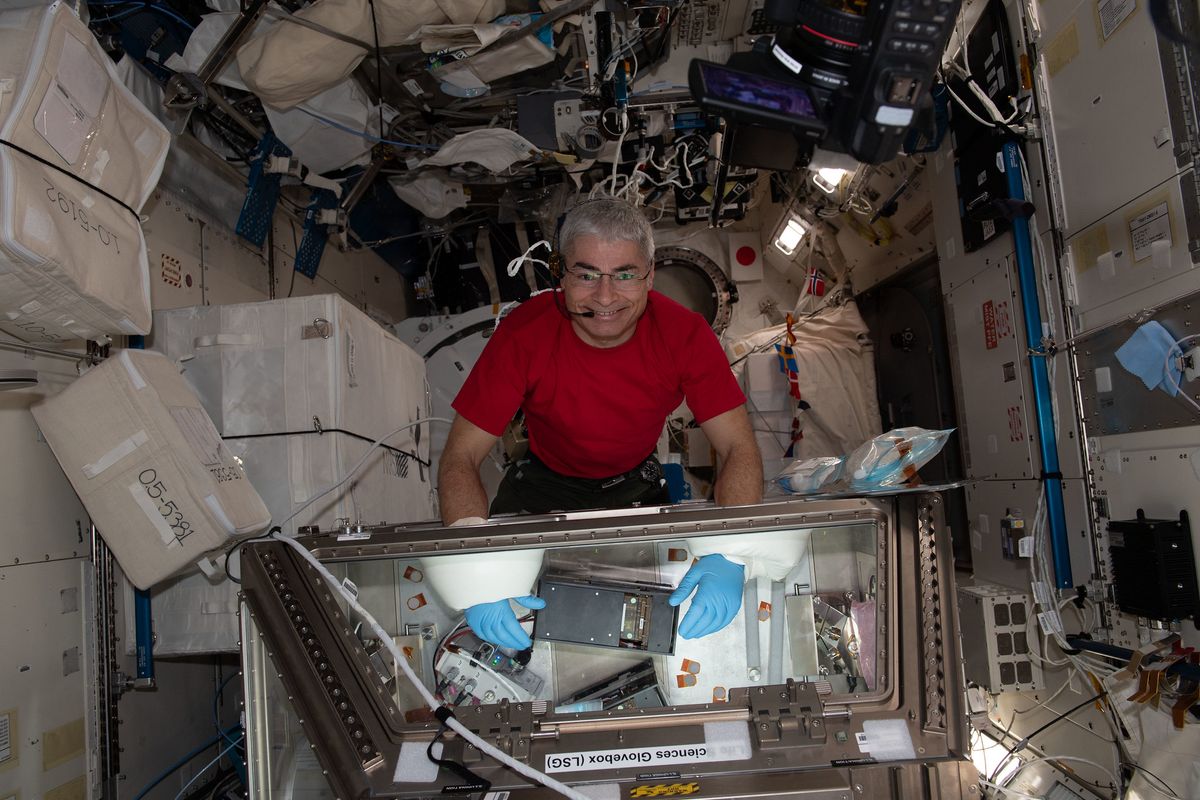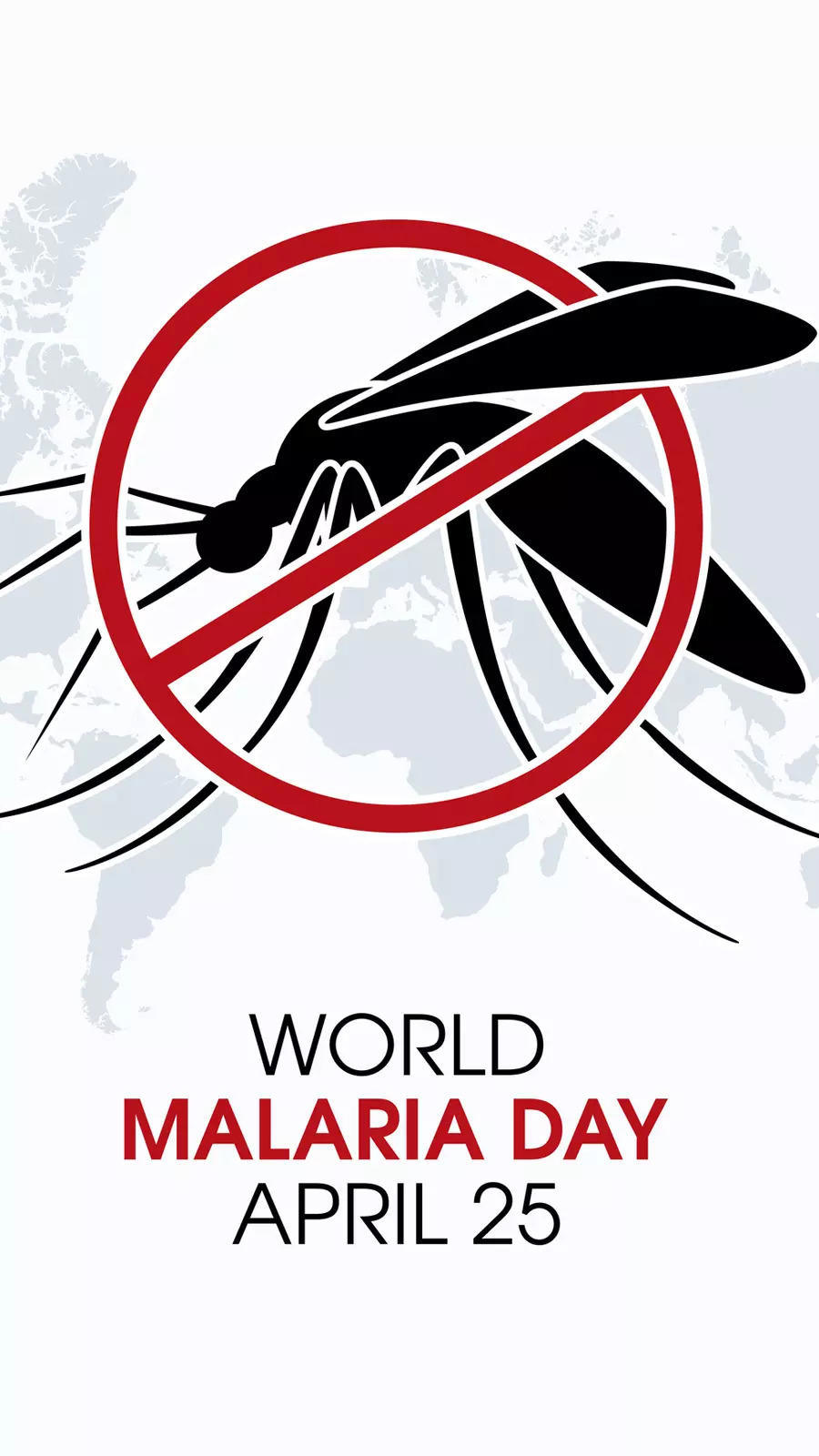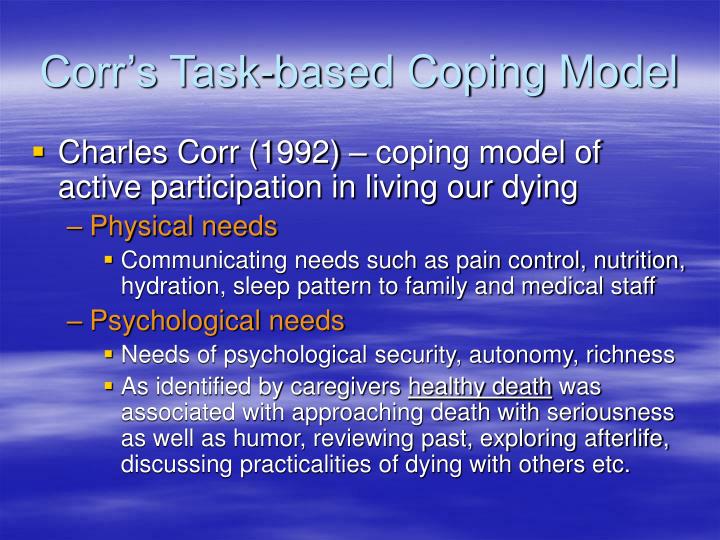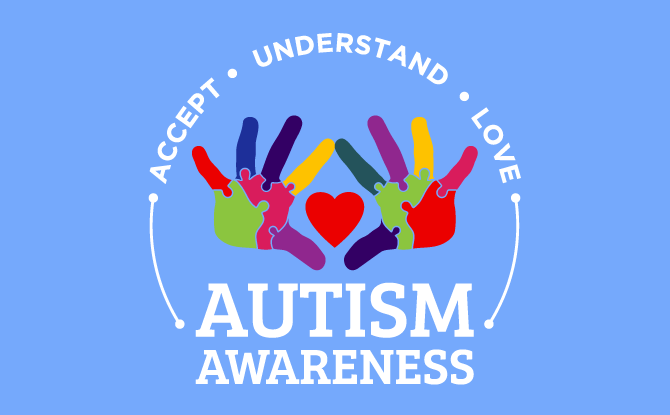


NASA astronauts Sunita Williams and Barry "Butch" Wilmore, currently on an extended mission on the International Space Station, have reported weight loss. This is due to fluid shifts in space causing changes in the body. Despite concerns about their health, NASA has assured the public that the astronauts are closely monitored and in good health. The agency has also warned against sharing any leaked details about the astronauts' health. This comes after a recent incident with the SpaceX Crew-8 mission, raising questions about the effects of extended space travel, but NASA maintains that Williams and Wilmore are doing well.
NASA Astronauts Experience Weight Loss During Extended Space Missions
Two NASA astronauts, Sunita Williams and Barry "Butch" Wilmore, currently on an extended mission on the International Space Station (ISS), have reported weight loss. This is due to fluid shifts in space causing changes in the body.
Background:
In space, the human body undergoes several physiological changes, including fluid shifts. Gravity on Earth pulls fluids towards the lower body, but in space, this force is absent. As a result, fluids can accumulate in the upper body, causing swelling in the face, neck, and head. This fluid shift can lead to a decrease in blood volume and a decrease in body weight.
NASA's Response:
NASA has assured the public that the astronauts are closely monitored and in good health. The agency has also warned against sharing any leaked details about the astronauts' health. This comes after a recent incident with the SpaceX Crew-8 mission, raising questions about the effects of extended space travel.
FAQs:
1. Why do astronauts lose weight in space?
Astronauts lose weight in space due to fluid shifts. Gravity on Earth pulls fluids towards the lower body, but in space, this force is absent. As a result, fluids can accumulate in the upper body, causing swelling in the face, neck, and head. This fluid shift can lead to a decrease in blood volume and a decrease in body weight.
2. Is weight loss in space a cause for concern?
Moderate weight loss in space is not typically a cause for concern. However, if the weight loss is excessive or rapid, it can be a sign of an underlying medical condition. NASA closely monitors the health of its astronauts and will take appropriate action if necessary.
3. What are the other effects of extended space travel?
In addition to weight loss, extended space travel can have other effects on the human body, including:
4. How can astronauts mitigate the effects of extended space travel?
Astronauts can mitigate the effects of extended space travel by:
5. What is the future of long-duration space travel?
Long-duration space travel is an essential part of NASA's plans for future missions to Mars and other destinations. NASA is working on developing new technologies and methods to mitigate the effects of extended space travel and ensure the health and safety of its astronauts.

With World Malaria Day approaching, it is important to understand the severity of this disease and the steps one can take for a speedy recovery. This year's theme, "Malaria Ends With Us: Reinvest, Reimagine, Reignite," aims to re-energize efforts towards eliminating malaria. From getting enough rest to staying hydrated and following proper nutrition, these tips can help in the treatment of malaria. Adhering to prescribed medication and seeking follow-ups with healthcare providers are also crucial for a full recovery.

A diverse group of individuals, including a genius with the world's highest IQ, a psychic with a museum in Tel Aviv, a skeptic Italian physicist, a researcher of the transition between life and death, and a biologist and writer, share their unique perspectives on the enduring mystery of what happens after we die. While some believe in an afterlife and the possibility of reuniting with loved ones in a different dimension, others dismiss such notions as fear-driven or scientifically implausible. Despite the conflicting viewpoints, the curiosity and debate surrounding this timeless topic continue.

As the world celebrates Earth Day, environmentalists are emphasising the need to shift towards renewable energy, particularly solar energy, to combat the ongoing climate crisis. With the theme 'Our Power, Our Planet', the focus is on raising awareness about the adoption of natural resources. Renewable energy is crucial for safeguarding natural resources and local communities, and experts are calling for the rapid transition to clean, sustainable sources like solar and biomass. The state of Telangana has abundant sunlight making solar energy a viable option, and it is essential for the government to introduce innovative initiatives to promote its adoption across all sectors. By embracing renewable energy, we can contribute to a greener tomorrow for our planet.

Professor Ning Zeng of the University of Maryland came up with the idea of burying dead trees instead of burning them to prevent carbon emissions into the atmosphere. Inspired by the durability of ancient wood found in archaeology, Zeng enlisted the help of a farmer in Maryland to bury 100 tons of unused and damaged trees on his property. However, Zeng faces a roadblock from government permits as burying wood is classified as a landfill and requires time-consuming approvals.

Researchers from the University of Helsinki and the Finnish Geospatial Institute have set up a long-term experiment using laser scanning technology to track the growth and phenology of individual trees. The study, the first of its kind, found that species richness, competitive pressure for light, and water availability all play a role in the timing of spring leaf burst and fall leaf senescence. This experiment provides a better understanding of how local factors impact tree growth and phenology, and the results have been published as open data for further research.

At the Beijing International Youth Innovation and Development Forum, experts emphasized the crucial role of young talent in shaping the future of innovation, particularly in rapidly evolving global scientific frontiers. They stressed on the need to trust, guide, and support young innovators in order to strengthen their skills, with Beijing itself fostering an inclusive talent ecosystem. The importance of cross-disciplinary collaboration in addressing global challenges such as climate change and energy security was also highlighted, with emerging technologies like quantum computing and renewable energy being crucial catalysts for progress in this regard.

World Liver Day, observed on April 19, was established in 2010 to raise global awareness about liver health and diseases. With the liver being the second largest organ and playing a crucial role in various bodily functions, the day brings attention to preventive measures and early screening. Additionally, it advocates for eliminating stigma and improving access to treatment for those affected by liver conditions.

On World Health Day, Dr. Swaramya Chandrasekaran, a gynaecologist at Rela Hospital Chennai, reflects on the progress and challenges in maternal and newborn health in India. She highlights the country's commendable decline in neonatal deaths and the success of flagship schemes such as Janani Suraksha Yojana and Janani Shishu Suraksha Karyakram. However, she also acknowledges the need for consistent quality of care, especially in rural areas, and calls for strengthening community awareness, upgrading infrastructure, and supporting maternal mental health. The adoption of global frameworks and the commitment to no mother or child being left behind further emphasize India's efforts towards a resilient future.

Recent events have sparked conversations among leading geophysicists about the risk of earthquakes in Vietnam, despite the country not being situated on major tectonic belts. Although the likelihood of catastrophic earthquakes is low, Vietnam still faces the potential for significant seismic activity, particularly in the northwest region. With the presence of multiple geological fault lines, some capable of producing earthquakes with magnitudes up to seven, experts urge for seismic hazard assessments and preparedness measures to mitigate potential damage.

On April 2, the world recognizes World Autism Awareness Day, bringing attention to the challenges faced by individuals with autism. The term "autism" was first introduced in 1911 and has been further defined and understood since then. As a wide range of developmental disorders, each diagnosis is unique, making it important to understand and support those on the spectrum. This day aims to raise awareness and promote understanding and support for individuals and their families.